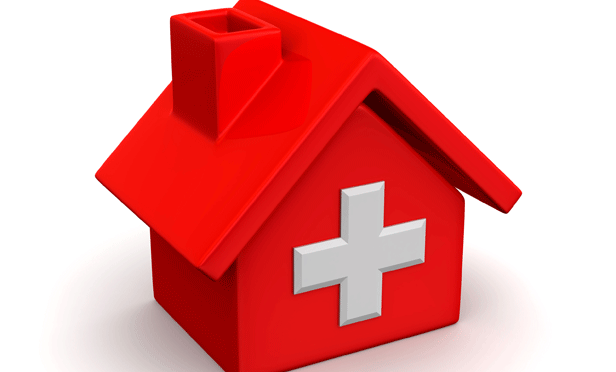➤➤ Join the GlobeSt.HEALTHCARE (formerly RealShare) conference December 3-4 in Scottsdale, AZ. The event will cover the industry's major issues as well as the prevailing and upcoming trends in regulations, space use, budgeting, and technology implementation. Through panel discussions and peer-to-peer networking opportunities, the attendees will gather expert insights on how these factors will affect the development, operation, investment and design of healthcare real estate. Also, be sure to get your nomination in for our healthcare influencer and senior housing influencer feature. Click here to register and view the agenda.
By 2030, all of the baby boomers will be over age 65 — that will be 19% of the U.S. population, according to the U.S. Census Bureau. This shift means seniors will want to live in communities suited to their needs and socioeconomic conditions. Using 70 different metrics to measure which of 299 communities are best for senior living, Caring.com divided its findings into six areas, which were given different weights in the rankings: Health care (22%): Metrics included how many primary care physicians, dentists, mental health professionals and other physicians there are in the state per 100,000 people. Other metrics looked at the rate of patient satisfaction and preventable hospitalization. Senior living & housing (22%): Metrics rated how affordable and available suitable housing is for seniors in a given area. One metric looked at the comparative cost of housing in the area to the average income in the same area, and was adjusted accordingly. The availability of subsidized housing, multifamily homes, and houses with no-step entrances also was measured. Community involvement (8%): The lowest weighted metric, it measured the opportunity seniors have to be engaged socially and politically in their communities, including how involved seniors are in their government (voting), how often they volunteer and the programs and clubs that facilitate social opportunities. Transportation (13%): This measured how senior-friendly the transportation system is in a given area. Metrics included crash rates, household transportation costs and the frequency and availability of local transit services. Quality of life (22%): Health and wellness measures the availability of things like museums, libraries, parks, fresh markets, the quality of the air and water and prevalence of obesity. Affordability (13%): Unlike many measurements of affordable areas, this one looked at the ability of seniors to get part-time or full-time work. Metrics included the rate of income inequality in the area and how many jobs per worker were available. Check out the gallery above to find how each community ranked among the 299 cities in each area.
|
- Join the expert-authors behind Tax Facts in a free, live webinar as they explain various ways to help maximize what every client wants to be ready for - retirement. "Tax Strategies to Boost Your Clients' Qualified Plan Savings." Wednesday, October 9, 2019 at 3:00 p.m. EST. Register here!
--- Related on ThinkAdvisor: |
Want to continue reading?
Become a Free ALM Digital Reader.
Once you are an ALM Digital Member, you’ll receive:
- Breaking commercial real estate news and analysis, on-site and via our newsletters and custom alerts
- Educational webcasts, white papers, and ebooks from industry thought leaders
- Critical coverage of the property casualty insurance and financial advisory markets on our other ALM sites, PropertyCasualty360 and ThinkAdvisor
Already have an account? Sign In Now
*May exclude premium content© 2024 ALM Global, LLC, All Rights Reserved. Request academic re-use from www.copyright.com. All other uses, submit a request to [email protected]. For more information visit Asset & Logo Licensing.








